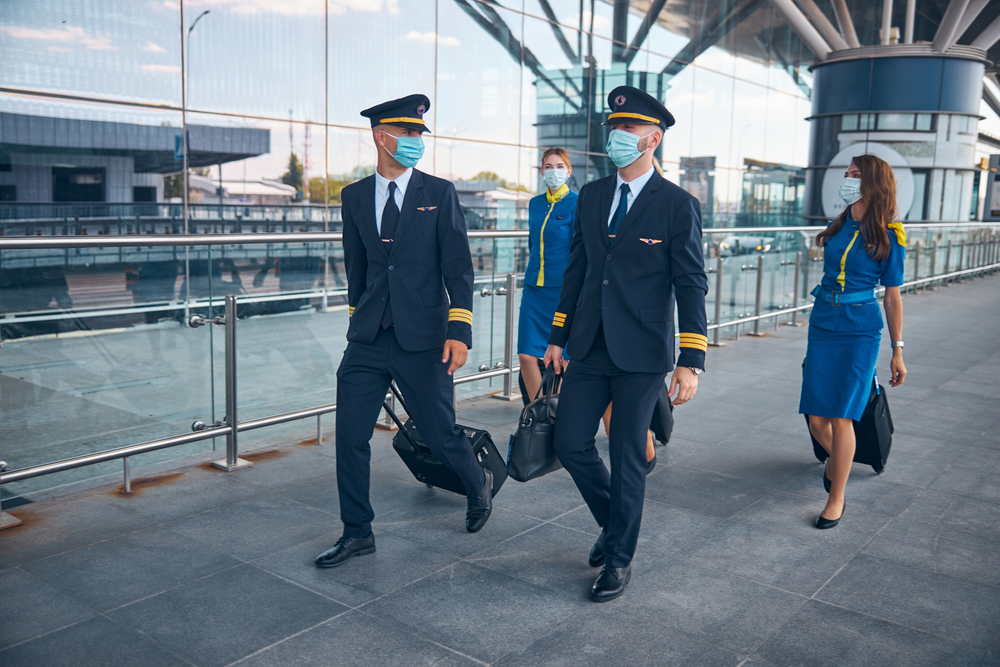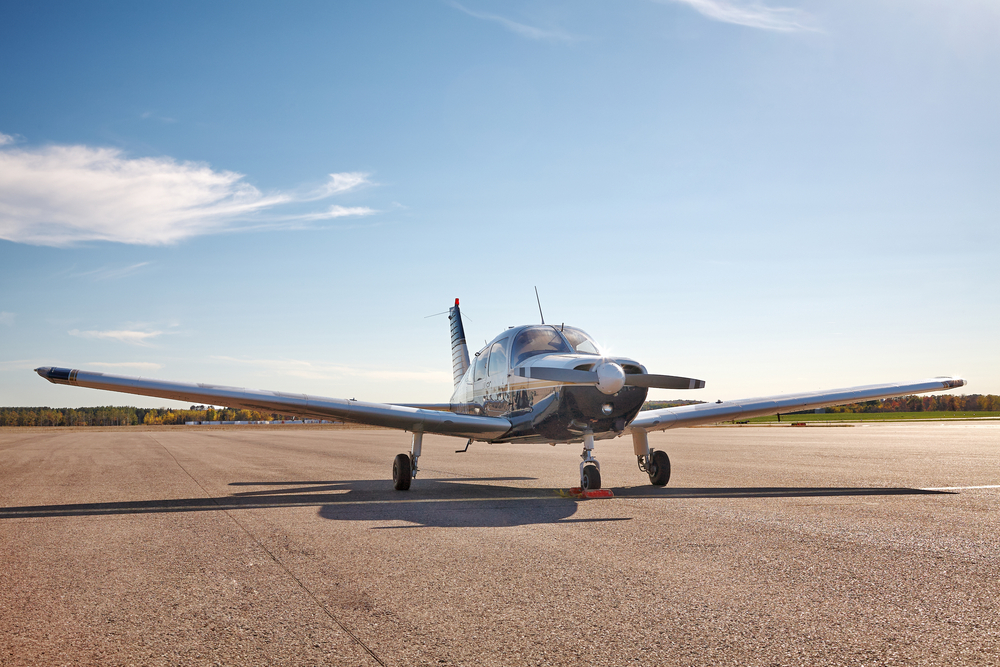Facing rising demand and limited supply, the aviation world is grappling with a serious pilot shortage—discover what’s driving it and how the industry is responding.
Table of Contents
Pilot Shortage: Understanding the Crisis

The aviation industry is facing a significant pilot shortage. This issue has far-reaching implications for airlines, passengers, and the economy. Understanding the causes and effects of this shortage is crucial for anyone interested in or affected by air travel.
Historical Context
Pilot shortages are not new. They have occurred periodically throughout aviation history. In the past, the demand for pilots often outpaced the supply during wars and economic booms. After the Second World War, there was a surplus of trained pilots, which balanced the demand for many years. However, recent trends have reignited the shortage problem.
Root Causes
Several factors contribute to the current pilot shortage. These include an aging workforce, stringent training requirements, and changing demographic trends.
Aging Workforce
The average age of pilots is increasing. Many experienced pilots are reaching the mandatory retirement age of 65. This creates a vacuum as there aren’t enough new pilots to replace them. The number of new pilots entering the industry is insufficient to cover the retirees.
Training Requirements
Becoming a commercial airline pilot requires extensive and costly training. The Federal Aviation Administration (FAA) mandates a minimum of 1,500 flight hours for first officers. This requirement is expensive and time-consuming. Additionally, flight schools struggle to keep up with the growing demand for training due to limited resources.
Demographic Trends
The younger generation has shown less interest in pursuing pilot careers. High barriers to entry, such as substantial educational debt and the demanding nature of the job, deter many potential candidates. Furthermore, the allure of stable, tech-oriented careers appears more attractive to many.
Impact on Airlines
The pilot shortage significantly impacts airlines. This affects their operations, financial health, and ability to expand.
Operational Challenges
Airlines often experience flight cancellations and delays. With fewer pilots available, scheduling becomes a logistical challenge. During peak travel times, the shortage is more pronounced, causing severe disruptions.
Financial Strain
The cost of hiring and training new pilots is high. To attract new recruits, airlines offer higher salaries and better benefits. These increased costs reduce profit margins. Smaller regional airlines are often hit the hardest, sometimes leading to their closure.
Expansion Limitations
Airlines struggle to expand routes and services. Growth plans are put on hold because there aren’t enough pilots to operate additional flights. This limits market reach and revenue potential.
Effect on Passengers
The pilot shortage also impacts passengers. They experience more inconveniences and higher travel costs.
Increased Travel Disruptions
Flight cancellations and delays become more frequent. Passengers face longer waiting times and inconsistent travel experiences. This erodes confidence in air travel reliability.
Higher Ticket Prices
To cover increased operational costs, airlines raise ticket prices. The higher salaries and training costs for pilots are passed on to consumers. This makes air travel less affordable, particularly for budget-conscious travelers.
Reduced Service Options
Passengers see fewer flight options. Airlines might cut less profitable routes, especially those to smaller regional airports. This reduces accessibility and convenience for passengers from these areas.
Economic Implications
The broader economy also feels the effects of this shortage. This impacts tourism, trade, and job markets.
Tourism Decline
Reduced flight availability can lead to a downturn in tourism. Destinations become less accessible, which impacts local economies dependent on tourist revenue. Hotels, restaurants, and other services experience reduced business.
Trade Disruptions
Air cargo and freight services suffer from pilot shortages. This impacts international trade efficiency and supply chain reliability. Delays in transporting goods translate to financial losses for businesses and consumers.
Job Market Effects
A weakening aviation sector impacts employment. Jobs in supporting industries such as maintenance, catering, and airport operations are affected. Direct and indirect job losses can lead to broader economic stagnation.
Responses to the Shortage
Various strategies are being implemented to address the pilot shortage.
Training Program Enhancements
Airlines and flight schools are collaborating to improve training programs. Accelerated training tracks and partnerships with educational institutions aim to produce qualified pilots more efficiently. Scholarships and financial aid programs help reduce the financial burden on trainees.
Policy Changes
Industry stakeholders are advocating for regulatory changes. Proposals include adjustments to mandatory retirement ages and flight hour requirements. Some suggest the use of simulators for part of the required flight hours to reduce costs.
Attracting New Demographics
Efforts are underway to attract more women and minorities to pilot careers. Outreach programs and diversity initiatives seek to broaden the pool of potential pilots. Highlighting the benefits and excitement of a pilot’s career is a key strategy.
Technological Solutions
Advances in aviation technology offer potential solutions. Enhanced autopilot systems and other innovations can reduce the reliance on human pilots. Though these technologies are not yet a complete substitute, they help bridge the gap.
Global Perspective
The pilot shortage is a global issue. Different regions experience unique challenges and opportunities.
United States
In the U.S., regional airlines are most affected. Major airlines can attract pilots with higher salaries, while smaller carriers struggle. Despite various measures, the demand for pilots continues to outpace supply.
Europe
European airlines face similar issues. Strict regulatory environments and high training costs hamper efforts to alleviate the shortage. The problem is compounded by a highly fragmented market.
Asia
Asia experiences the fastest growth in air travel demand. This region faces an acute pilot shortage as airlines expand rapidly. Countries such as China and India are investing heavily in pilot training infrastructure to meet demand.
Future Outlook
The pilot shortage is not expected to resolve overnight. Long-term strategies and collaboration between industry stakeholders are essential. Creative solutions and technological advancements will play critical roles in addressing this challenge.
